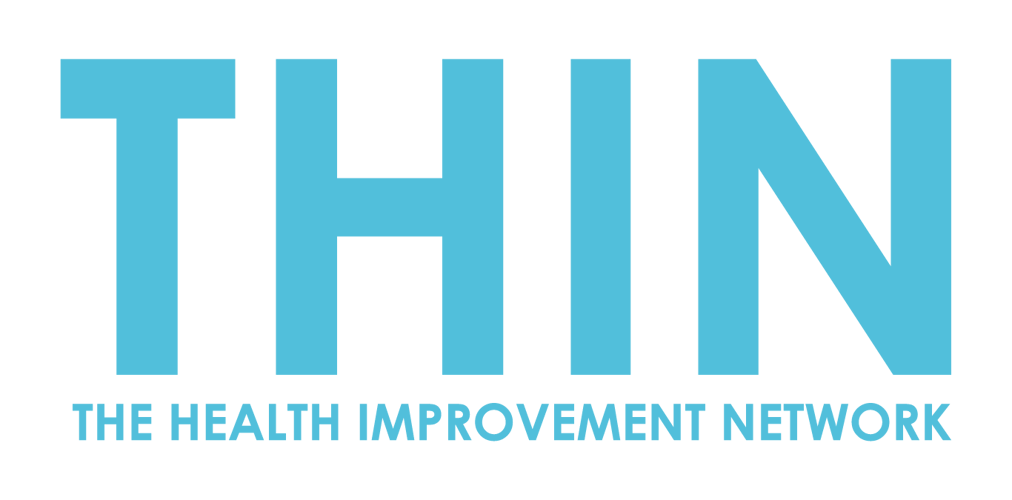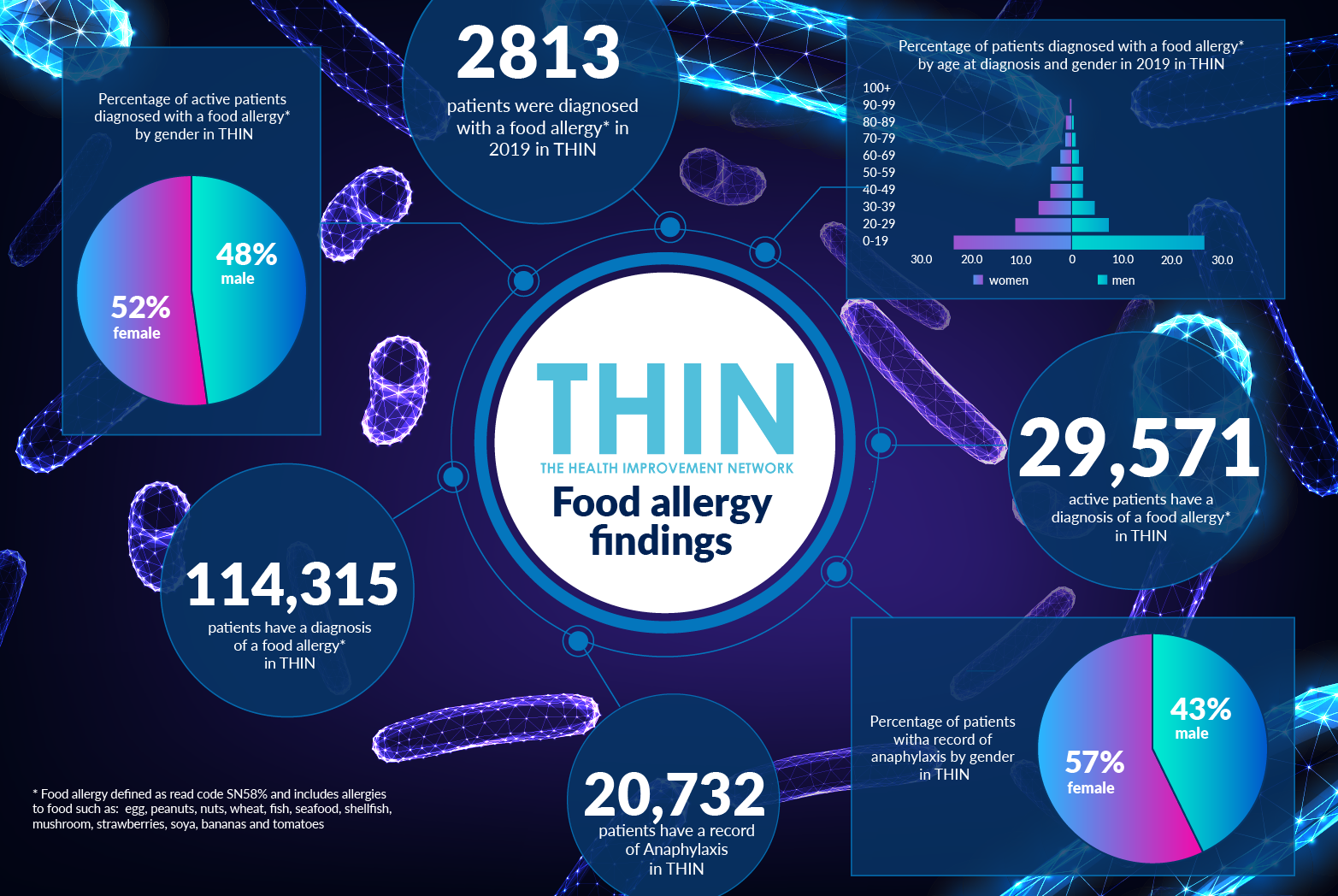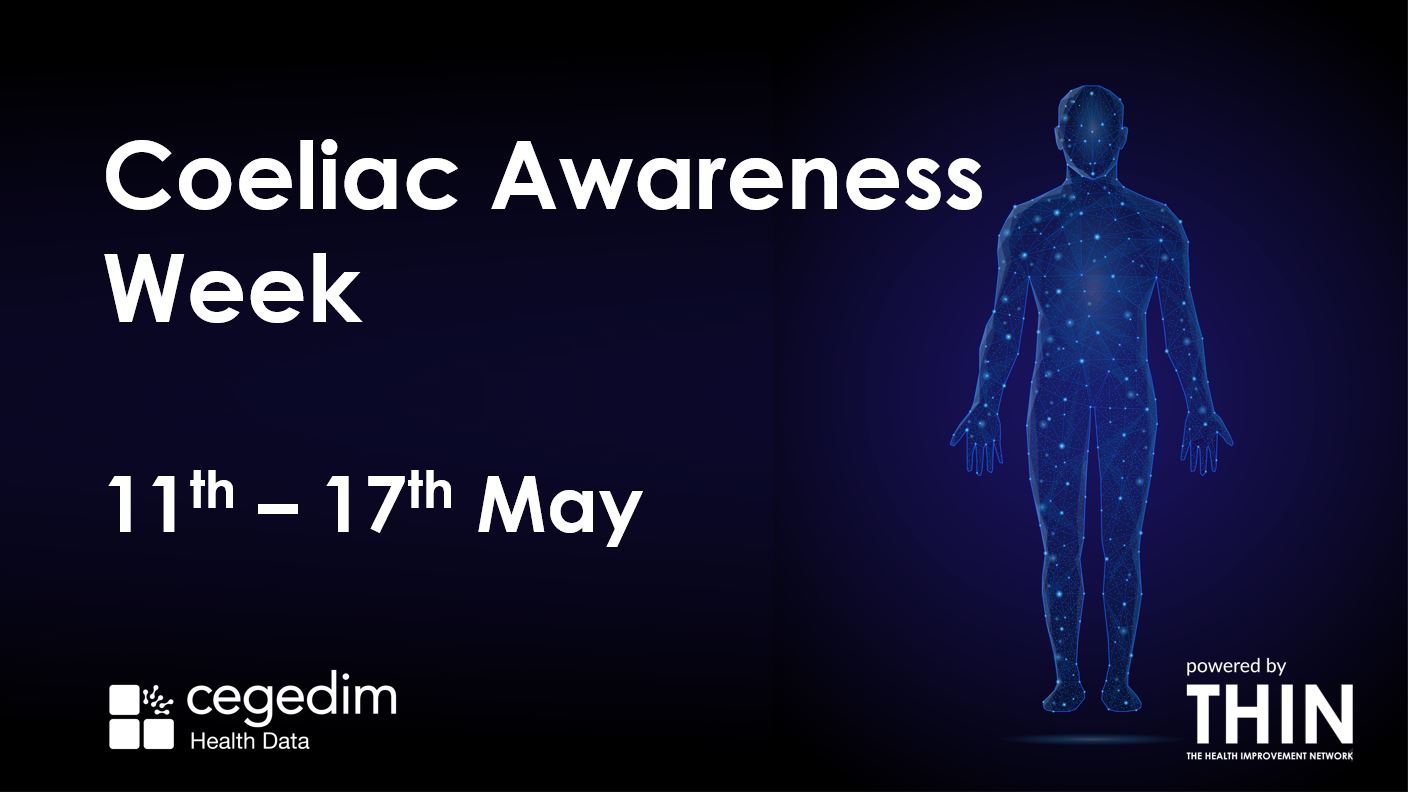Hypertension Awareness Day
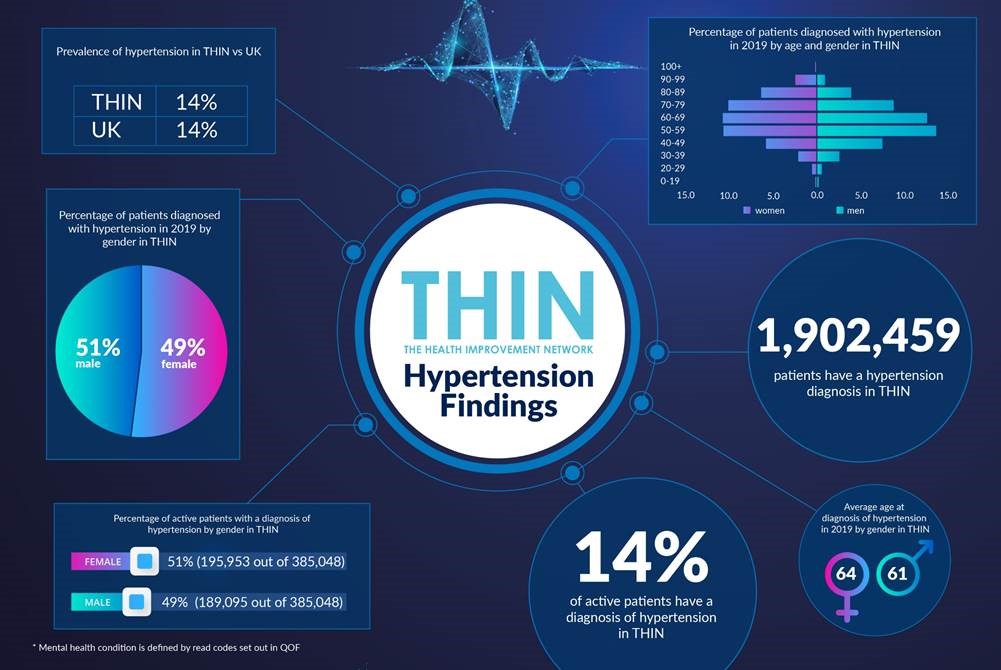
Leveraging Data to Prioritise Clinical Intervention and Support Self-Care
Over 50% of those with hypertension (high blood pressure) have no idea – yet it is the number one contributing risk for global health, according to the International Society of Hypertension, contributing to the death of around 10 million people each year.
While hypertension usually has no symptoms, left untreated it can lead to heart attacks, strokes and other cardiovascular diseases, as well as kidney disease and dementia. The focus of this year’s World Hypertension Day on 17th May is to increase high blood pressure (BP) awareness in all populations around the world, with the theme Know Your Numbers.
Prioritising Care
However, with health services globally refocusing and reorganising in response to the COVID-19 pandemic, it is now essential to support clinicians in prioritising care towards those in the greatest need – especially individuals with long term conditions (LTCs) that may not have been well managed during lock down.
This is where The Health Improvement Network (THIN®), a Cegedim Database, is so powerful. With a data history spanning just over 1.9 million patients with a diagnosis of hypertension, analysis of the THIN® data combined with specific triggers can help to identify patients that require proactive intervention.
This is particularly relevant to those with diabetes and hypertension, where a blood pressures of 130/80 is considered to be hypertension – rather than the standard 140/90 – due to cardiovascular complications that are more likely in diabetic patients. Over a fifth (22%) of active patients with a diagnosis of hypertension also have a diagnosis of diabetes in THIN®.
Understanding Comorbidities
Other comorbidities include cancer, with a known association between chemotherapy and radiotherapy for treatment of cancer patients and the development or worsening of hypertension. A study in Brazil concluded that morbidity and mortality increased in patients with cancer and hypertension without proper antihypertensive treatment and called for early diagnosis, effective monitoring and treatment strategies for hypertension in cancer patients in order to reduce cardiovascular morbidity and mortality. Analysis of the THIN® database reveals that 10% of active patients with a diagnosis of hypertension also have a diagnosis of cancer.
A notable finding from the THIN® data was that 38% of active patients with a diagnosis of hypertension also had a diagnosis of a lower respiratory tract infection (LTRI) – compared with just 10% of the general population. Given the concerns regarding the over use of antibiotics to treat LTRI and the possible link between antibiotics and hypertension, this high level of LTRI within hypertension patients raises questions.
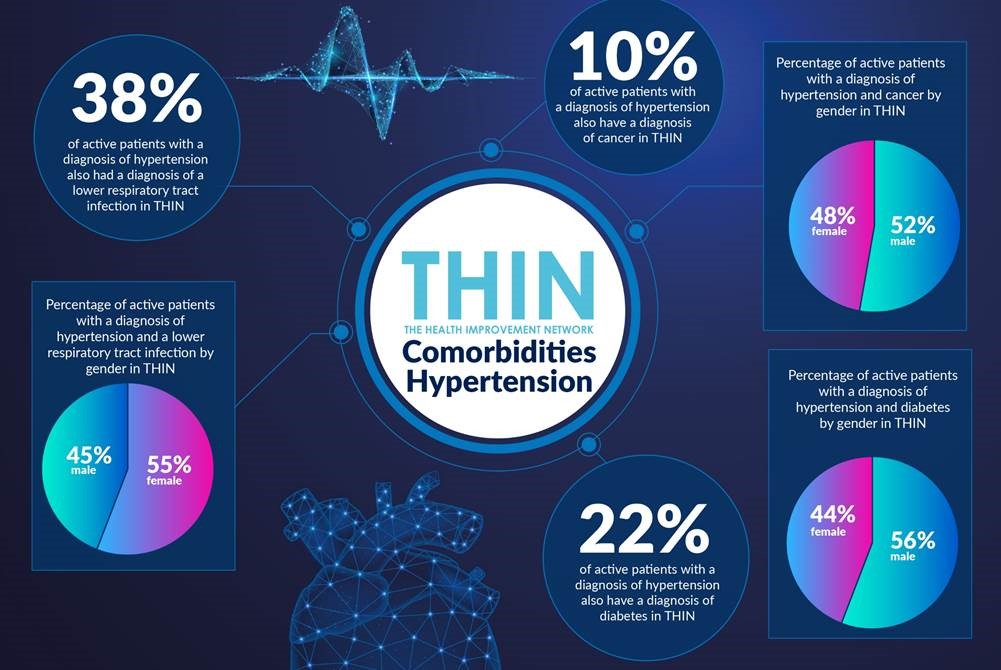
Other comorbidities confirmed by THIN® include: 1.1% with a diagnosis of hypertension also have a diagnosis of stroke or TIA; 1.8% with a diagnosis of hypertension also have a diagnosis of coronary heart disease and 4% with a diagnosis of hypertension also have a diagnosis of heart failure in THIN®. In addition, 1.4% of active patients with a diagnosis of hypertension also have a diagnosis of hypothyroidism in THIN® and 0.2% of active patients with diagnosis of hypertension also have a diagnosis of chronic kidney disease in THIN®.
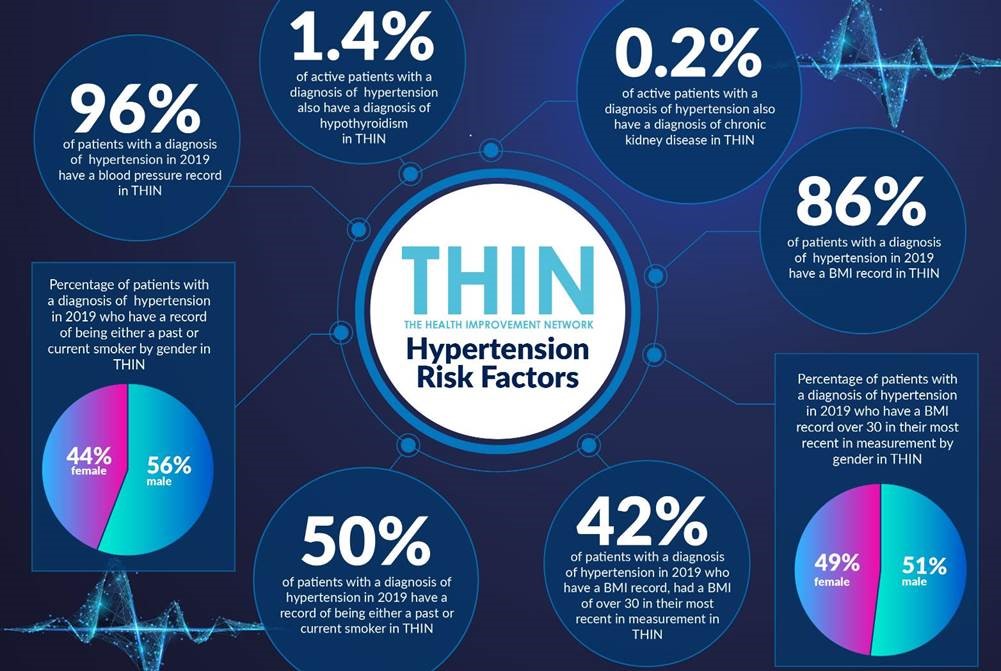
Supporting Self-Care
According to the NHS, just one in 20 cases of hypertension are as a result of underlying health condition – such as diabetes. For the rest, the risk factors include age, family history and being of African or Caribbean origin. In addition, diet – including large amounts of salt, being overweight, lack of exercise, excessive alcohol consumption and smoking are key risk factors.
Analysis of the THIN® database reveals that 50% of patients with a diagnosis of hypertension in 2019 have a record of being either a past or current smoker; while 42% of patients with a diagnosis of hypertension in 2019 who have a BMI record, had a BMI of over 30 – classed as obese - in their most recent in measurement.
This is where the growing trend towards self-care and the use of a raft of widely available at home monitoring tools, from fitness trackers to pulse oximeters, is interesting. Healthy lifestyle changes can help to keep blood pressure at a normal level and with hypertension easily measured at home, with a simple blood pressure monitor, individuals can be encouraged to track their blood pressure readings.
Combined with clear advice regarding healthy living and exercise, hard pressed clinicians have the chance to encourage patients to embrace self-care and address the risk factors that may be contributing to their hypertension.
Using epidemiological data such as THIN® to track these individuals will also help to better understand the value of these strategies – including the level of prescribing required to manage hypertension. Today, drug treatment is only used if lifestyle changes do not return blood pressure to acceptable levels – and 6.2% of active patients with a diagnosis of hypertension received at least one antihypertension prescription* in 2019 in THIN®.
*Antihypertension prescription is classified as drugs with an ATC code of C02
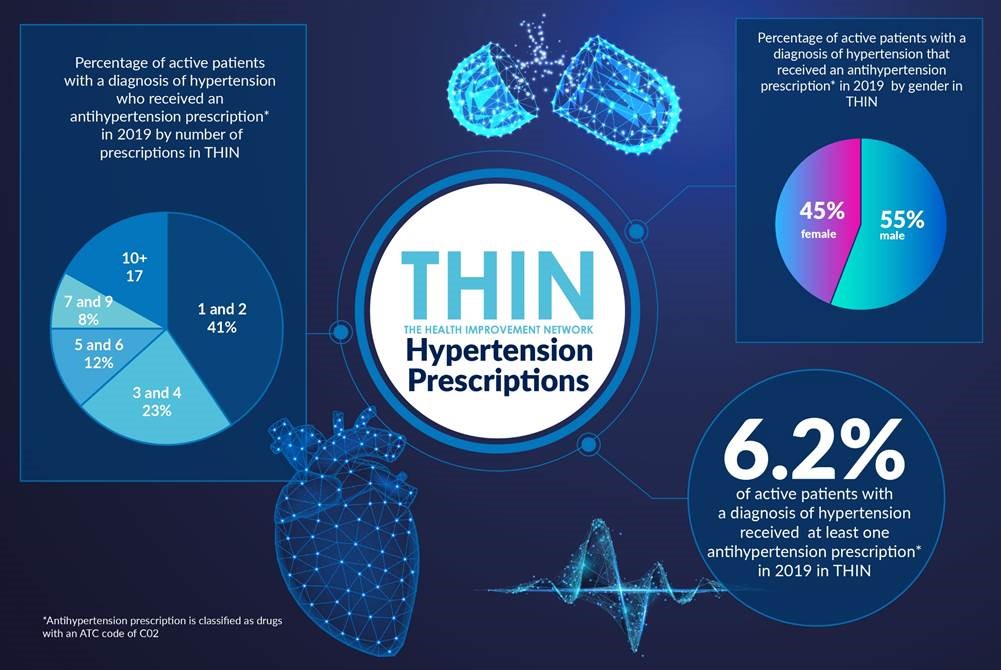
About THIN®
THIN® is an unobtrusive medical data collection scheme that contains anonymised longitudinal patient records for approximately 6% of the UK population. It is the key driving force behind enabling advancements in patient care and outcomes, with one of the most respected and reliable data sources for anonymised primary care records.
